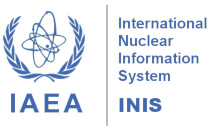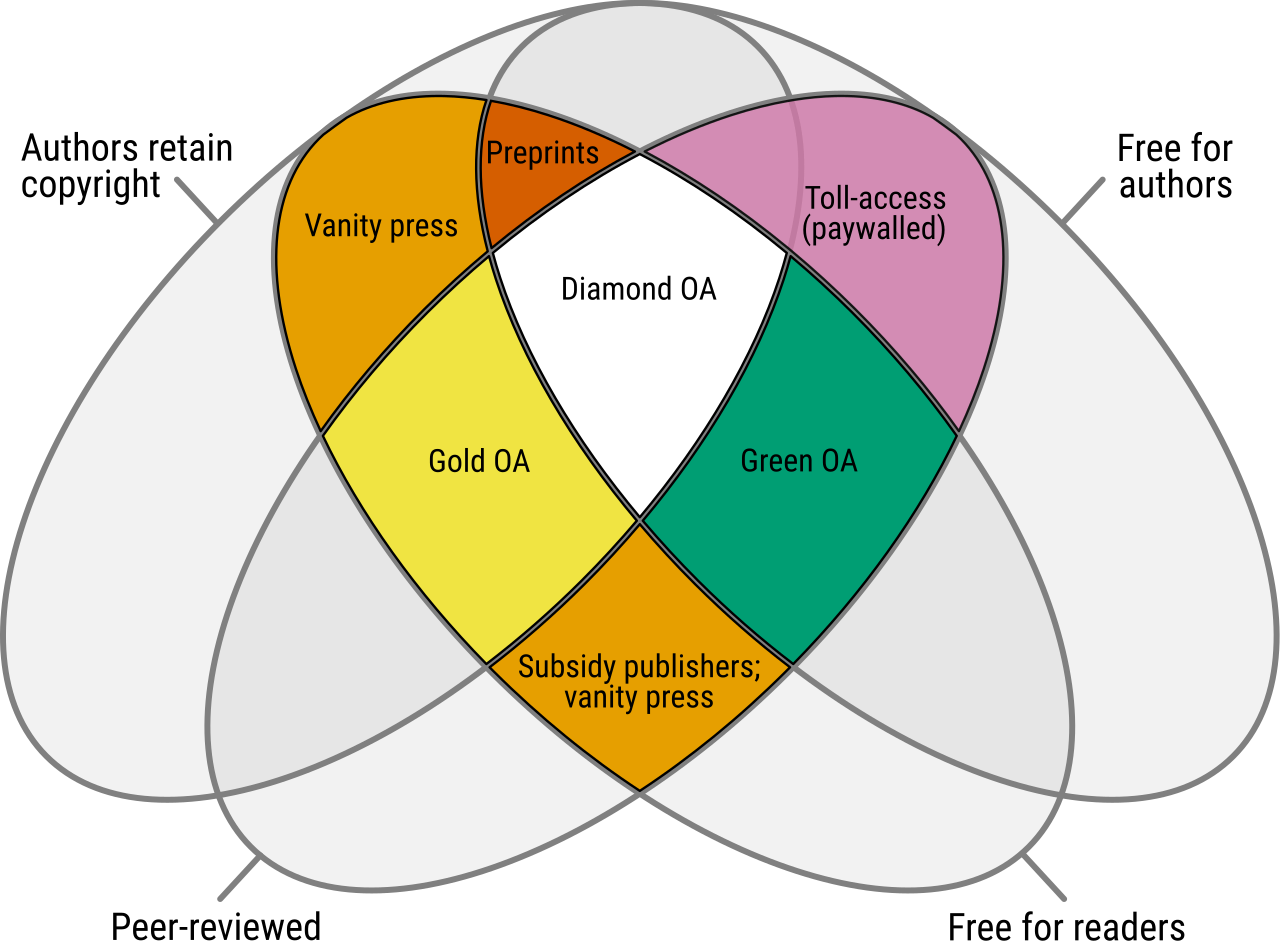New article published in 12(4B) - ENFIR/INAC 2024
Computational analysis of wax deposition in deep-water pipelines using nuclear techniques
Abstract: Wax deposition in oil pipelines is a problem that affects flow assurance because it restricts production and, in more extreme cases, causes pipeline blockages. This problem occurs more frequently in offshore environments, where most of Brazil's reservoirs are located and where the ocean temperature at great depths is around 5°C. Detecting the wax layer on the inside walls of pipelines at an early stage avoids unscheduled stoppages and major economic losses. Among the various methods and techniques found in the literature for monitoring wax deposition, nuclear techniques are distinguished by the fact that their use does not interfere with the physical integrity of the pipeline, by the non-intrusive and indirect (non-contact) mode of operation and, therefore, does not affect the oil transportation process. This paper presents a computational model using the Monte Carlo N-Particle 6 (MCNP6) code and the gamma radiation transmission profiling technique to detect the presence of wax on the inner walls of pipelines used for deepwater oil transportation. The results of this study show that the model can detect the presence of up to 5% wax (in relation to the internal radius of the pipeline) with an accuracy of 7.4% in pipelines used in deep waters. Read full article
Study on the Licensing Framework for Land Facilities Supporting Nuclear-powered Submarines in the United Kingdom
Abstract: This study examines nuclear regulation in the United Kingdom, focusing on licensing processes for land facilities supporting nuclear-powered submarines. It highlights the importance of these submarines for defense and maritime security, along with the need for specialized infrastructure to operate them safely and effectively. The study analyzes the UK’s procedures and regulations for nuclear licensing, with emphasis on regulatory bodies such as the Office for Nuclear Regulation (ONR) and the Defence Nuclear Safety Regulator (DNSR). Results discuss the classification of nuclear facilities in the UK, including those dedicated to submarines and nuclear defense, as well as the applicable standards and guidelines for licensing these facilities. It is concluded that nuclear regulation in the UK is robust and transparent, providing a solid foundation for licensing facilities supporting nuclear-powered submarines. The adoption of these standards as a reference in Brazil could significantly contribute to establishing a solid and secure regulatory framework for such facilities. Read full article






















